
Elimination diets can help identify food sensitivities and promote better health. In this article, I will share ten of the best elimination diet recipes that are both tasty and easy to prepare. These recipes focus on fresh ingredients and simple techniques, making it easier to stick to a diet plan while enjoying meals.
Trying new recipes can make the elimination process more enjoyable. I believe that cooking should be fun, and these recipes provide a variety of flavors and textures to keep your meals exciting. Each dish can support your journey toward finding what works best for your body.
1. Grilled Chicken with Avocado Salsa

Grilled Chicken with Avocado Salsa is a delicious and healthy meal. It combines lean protein from the chicken with nutritious fats from the avocado. This dish is easy to make, even for a beginner.
To prepare this dish, I start by gathering my ingredients. I usually need chicken breasts, ripe avocados, tomatoes, red onion, lime juice, salt, and pepper.
Here are the steps I follow:
- Preheat the grill to medium-high heat.
- Season the chicken breasts with salt and pepper.
- Grill the chicken for about 6-7 minutes on each side, or until fully cooked.
- While the chicken is grilling, I make the salsa. I chop the avocados, tomatoes, and red onion.
- In a bowl, I mix the chopped ingredients with lime juice, salt, and pepper.
- Once the chicken is done, I let it rest for a few minutes, then slice it.
- I serve the grilled chicken topped with the fresh avocado salsa.
This meal is perfect for anyone wanting a quick and tasty option while following an elimination diet.
2. Cauliflower Rice Stir-Fry
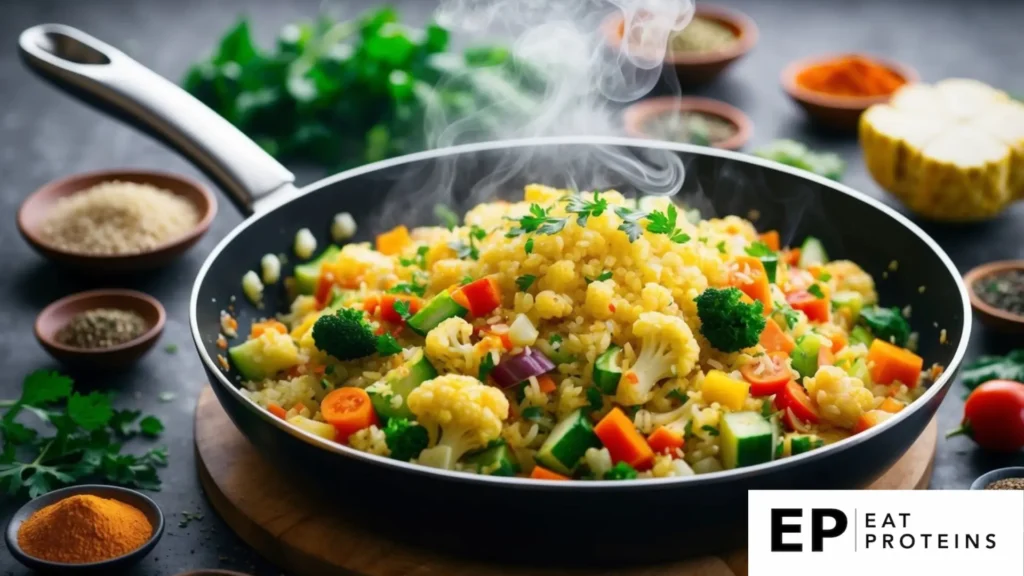
Cauliflower rice is a low-carb alternative to traditional rice. It is made by grating cauliflower florets into small, rice-sized pieces. This dish is suitable for an elimination diet, as it allows for many customization options.
I find this stir-fry easy to prepare. It takes about 15-20 minutes to cook. Plus, it’s a great way to use up leftover vegetables.
Here are short steps to make cauliflower rice stir-fry:
- Start by grating one medium head of cauliflower to make about four cups of cauliflower rice.
- Heat two tablespoons of oil in a large pan over medium heat.
- Add one cup of chopped onions and stir for about two minutes until they soften.
- Add two cups of mixed vegetables, like bell peppers and carrots, and cook for another five minutes.
- Stir in the cauliflower rice and season with salt and pepper. Cook for about 5-7 minutes until tender.
I enjoy adding my favorite protein, like chicken or tofu, to make it more filling. This dish is healthy, simple, and versatile.
3. Zucchini Noodles with Pesto
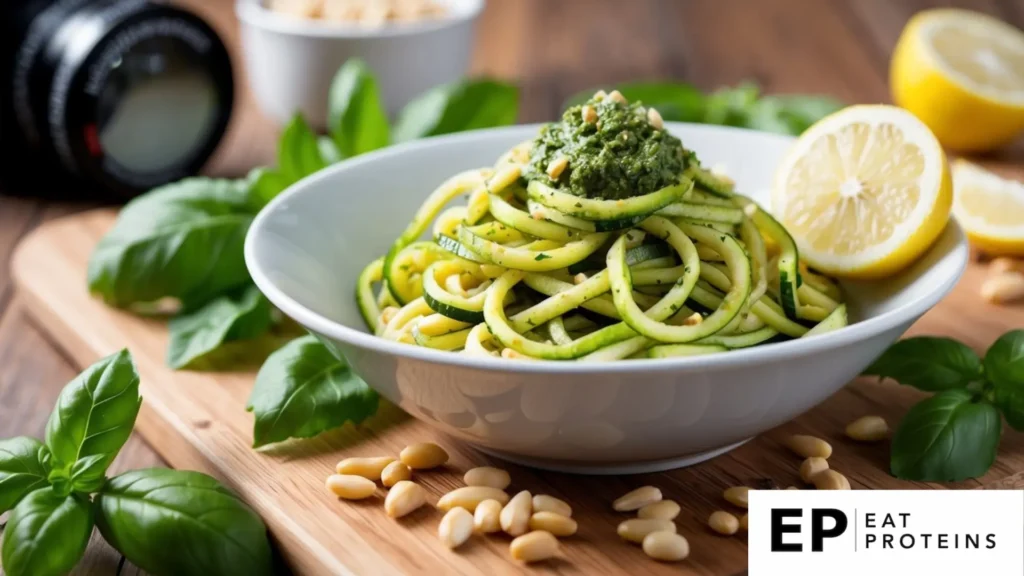
Zucchini noodles, often called “zoodles,” are a great substitute for traditional pasta. They are low in carbs and rich in vitamins. I enjoy making them as part of an elimination diet.
This dish is simple and quick to prepare. It takes about 15 minutes from start to finish. I love that it’s easy to customize with different sauces.
Here’s how I make Zucchini Noodles with Pesto:
- Prepare the Zucchini: Use a spiralizer or a vegetable peeler to create noodles from 2 medium zucchinis.
- Make the Pesto: In a blender, combine 2 cups of fresh basil, 1/2 cup of pine nuts, 1/2 cup of olive oil, 1/2 cup of nutritional yeast, and garlic to taste. Blend until smooth.
- Cook Noodles: Heat a skillet over medium heat. Add the zucchini noodles and cook for 3-5 minutes, stirring until just tender.
- Combine: Mix the pesto with the cooked noodles in the skillet. Ensure everything is well combined for best flavor.
This meal is tasty, nutritious, and perfect for my elimination diet.
4. Sweet Potato and Black Bean Tacos

Sweet potato and black bean tacos are nutritious and packed with flavor. They fit well in an elimination diet. The sweet potato adds natural sweetness, while the black beans offer protein and fiber.
Making these tacos is simple and quick. I enjoy preparing them on busy weeknights.
Here’s how I make them:
- Bake the Sweet Potatoes: Preheat the oven to 400°F (200°C). Peel and cube 1 medium sweet potato, toss with olive oil, and season with salt. Bake for 25-30 minutes until tender.
- Prepare the Black Beans: While the sweet potatoes bake, rinse and drain 1 can of black beans. Heat them in a saucepan over medium heat, adding cumin and chili powder to taste.
- Warm the Tortillas: In a separate pan, warm corn or flour tortillas for about 1 minute on each side.
- Assemble the Tacos: Once the sweet potatoes are done, layer them in the warmed tortillas, top with the seasoned black beans, and add any other toppings like avocado or salsa.
These tacos are easy to customize, making them a great choice for various diets.
5. Lemon Herb Salmon

Lemon Herb Salmon is a simple and healthy dish I love to prepare. This recipe is packed with flavor and is easy to make. Salmon is a great source of protein and omega-3 fatty acids.
To start, I gather my ingredients: salmon fillets, fresh herbs like parsley and dill, lemon juice, olive oil, garlic, salt, and pepper. I find it helpful to use fresh herbs for the best taste.
Making this dish takes just a few steps. First, I preheat my oven to 400°F (200°C). Next, I place the salmon fillets on a baking sheet lined with parchment paper.
Then, I mix olive oil, lemon juice, minced garlic, and chopped herbs in a bowl. I pour this mixture over the salmon, ensuring each fillet is well coated. I season them with salt and pepper to taste.
I bake the salmon for about 12-15 minutes, or until it flakes easily with a fork.
Serving it with steamed vegetables or a fresh salad makes this meal nutritious and delicious. This Lemon Herb Salmon is great for anyone on an elimination diet, offering flavor without any common allergens.
6. Turkey and Spinach Stuffed Peppers
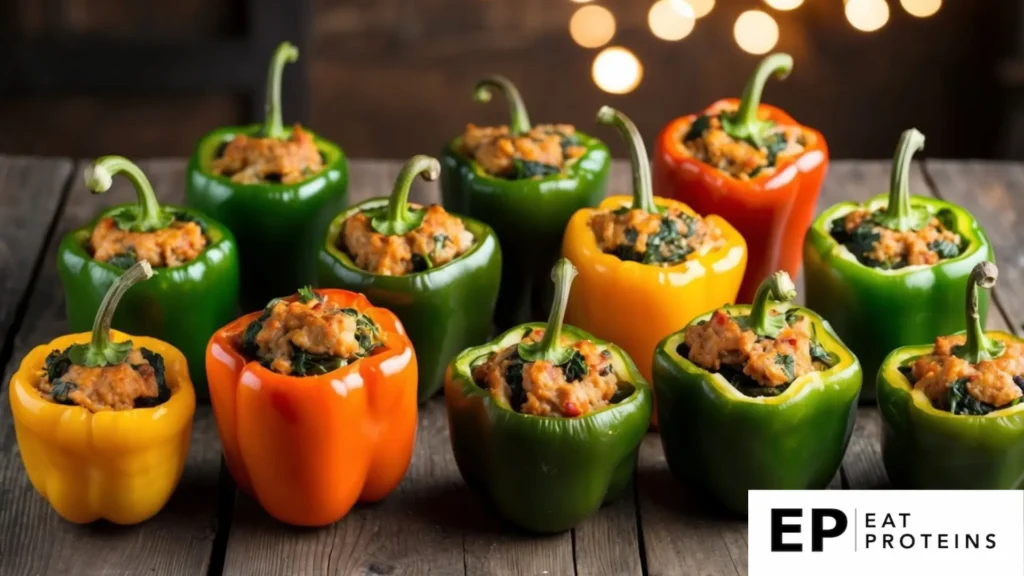
Turkey and spinach stuffed peppers are a healthy and delicious option for an elimination diet. They combine lean turkey, spinach, and aromatic spices packed inside bell peppers. This recipe is simple and perfect for any meal.
To make these stuffed peppers, I follow these easy steps:
- Preheat the oven to 375°F (190°C).
- Cut the tops off four bell peppers and remove the seeds.
- In a skillet, cook one pound of ground turkey over medium heat until browned.
- Add two cups of fresh spinach, and cook until wilted.
- Mix in salt, pepper, and your choice of herbs like basil or oregano.
- Stuff the mixture into the bell peppers.
- Place the peppers in a baking dish and cover with foil.
- Bake for 25-30 minutes until the peppers are tender.
This dish is nutrient-dense and provides protein and vitamins. I enjoy it as a filling meal that keeps me satisfied.
7. Baked Cod with Asparagus
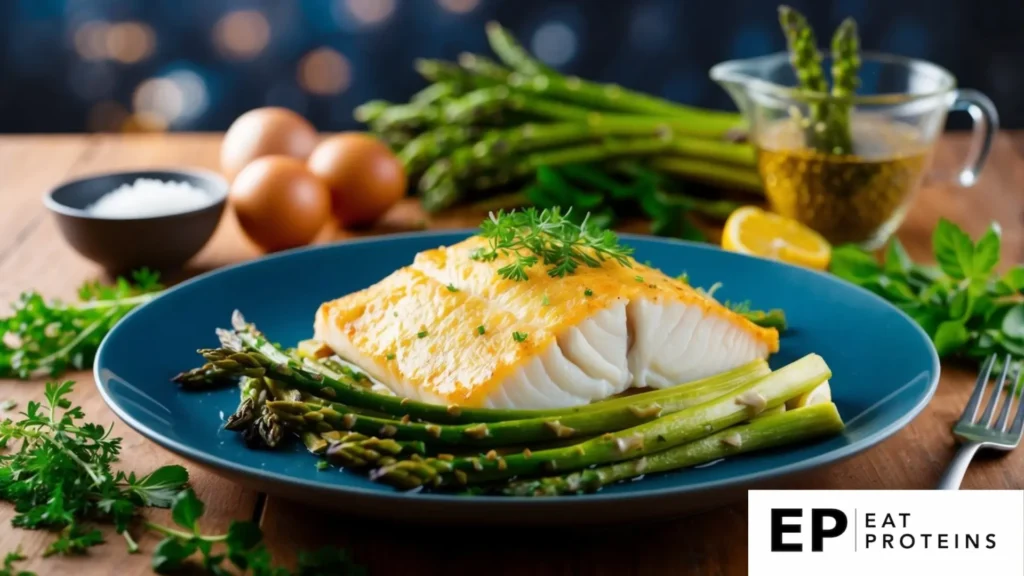
Baked cod with asparagus is a simple, healthy dish. Cod is a white fish that is mild in flavor and easy to cook. Asparagus adds a nutritious touch and complement to the fish.
Making this dish is quick. Here are the steps I follow:
- Preheat the oven to 400°F (200°C).
- Place the cod fillets in a baking dish. Season with salt, pepper, and a drizzle of olive oil.
- Trim the asparagus and arrange it around the cod.
- Squeeze fresh lemon juice over both the fish and asparagus.
- Bake for 15-20 minutes or until the fish flakes easily with a fork.
This meal is perfect for those on an elimination diet. It’s free from common allergens and packed with nutrients. Enjoying baked cod with asparagus provides a tasty way to stay healthy without complicated ingredients.
8. Gluten-Free Beef and Vegetable Skewers

Gluten-free beef and vegetable skewers are a tasty and healthy dish. They combine marinated beef with colorful vegetables. This recipe is simple and great for a quick meal.
To make these skewers, I gather my ingredients: beef, bell peppers, onions, and zucchini. The best part is that these ingredients are naturally gluten-free.
The steps to cook are easy:
- Cut the beef and vegetables into bite-sized pieces.
- Marinate the beef in olive oil, garlic, and gluten-free soy sauce for 30 minutes.
- Thread the beef and vegetables onto skewers, alternating each.
- Preheat the grill to medium heat and cook for about 10-15 minutes, turning occasionally.
I find that cooking the skewers adds a nice char and flavor. This dish is perfect for barbecues or as a healthy weeknight dinner. Enjoying these skewers helps me stick to my elimination diet while still enjoying delicious food.
9. Quinoa Salad with Chickpeas

Quinoa salad with chickpeas is a nutritious dish packed with protein and fiber. Quinoa is a grain that is gluten-free and easy to digest. Chickpeas add a hearty texture and boost the protein content.
Making this salad is simple and quick. I can prepare it in about 20 minutes. Here are the steps I follow:
- Rinse 1 cup of quinoa under cold water.
- Cook the quinoa in 2 cups of water. Bring to a boil, then reduce to low heat, cover, and simmer for 15 minutes.
- Chop 1 cup of cucumber, 1 cup of cherry tomatoes, and 1/4 cup of red onion.
- Mix the cooked quinoa, chopped vegetables, and 1 can of rinsed chickpeas in a bowl.
- Dress with 2 tablespoons of olive oil, juice of 1 lemon, and salt to taste.
This salad is refreshing and full of flavor. I often enjoy it as a light meal or a side dish. It’s versatile, and I can add other ingredients like herbs or avocado as I like.
10. Roasted Brussels Sprouts with Balsamic Glaze

Roasted Brussels sprouts with balsamic glaze is a simple, healthy dish. Brussels sprouts are small, round vegetables that belong to the cabbage family. They are rich in vitamins and fiber, making them a great addition to many meals.
Making this recipe is quick and easy. I enjoy preparing it because it requires minimal ingredients. You’ll need about 1 pound of Brussels sprouts, 2 tablespoons of balsamic vinegar, 2 tablespoons of olive oil, salt, and pepper.
Here are the steps:
- Preheat your oven to 425°F (220°C).
- Trim the ends of the Brussels sprouts and cut them in half.
- In a bowl, mix the sprouts with olive oil, salt, and pepper.
- Spread the sprouts on a baking sheet in a single layer.
- Roast for 20-25 minutes, turning halfway through.
- Drizzle with balsamic vinegar before serving.
This dish pairs well with various proteins and adds a tasty, tangy flavor. Enjoy this simple side dish anytime for a nutritious boost!
What Is an Elimination Diet?
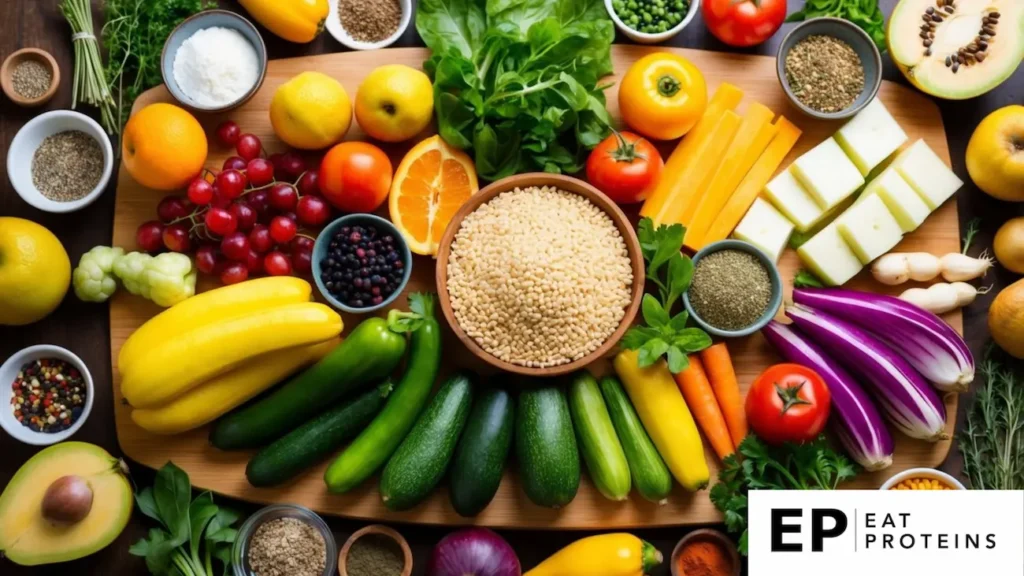
An elimination diet is a structured approach to identifying foods that may cause sensitivities or allergic reactions. It involves removing certain foods from my diet for a set period, then gradually reintroducing them to see how my body reacts.
What Are the Purpose and Benefits of an Elimination Diet?
The main purpose of an elimination diet is to identify food triggers that may cause discomfort or health issues. By removing potential allergens or irritants, I can observe how my body responds without these foods.
Some key benefits include:
- Identification of Allergens: It helps pinpoint specific foods that may cause symptoms such as bloating, headaches, or skin issues.
- Improved Digestion: Eliminating trigger foods often leads to better digestion and less gastrointestinal discomfort.
- Nutritional Awareness: I learn more about my eating habits and the impact of different foods on my health.
This process can help in managing conditions such as eosinophilic esophagitis and inflammatory bowel disease, offering me greater control over my diet and overall well-being.
What Are Common Foods to Avoid on an Elimination Diet?
During the elimination phase, certain foods are typically avoided. These include:
- Dairy: Often causes digestive issues and has common allergens like lactose.
- Gluten: Found in wheat, barley, and rye; may lead to gastrointestinal symptoms.
- Soy: Can trigger allergic reactions for some individuals.
- Eggs: Another common allergen linked to food sensitivities.
- Nuts and Shellfish: High allergens that can cause severe reactions in sensitive individuals.
By avoiding these foods, I can better assess how my body reacts during the reintroduction phase. It is crucial to keep track of my symptoms and any changes I notice during this time.
What Are Tips for Starting an Elimination Diet?
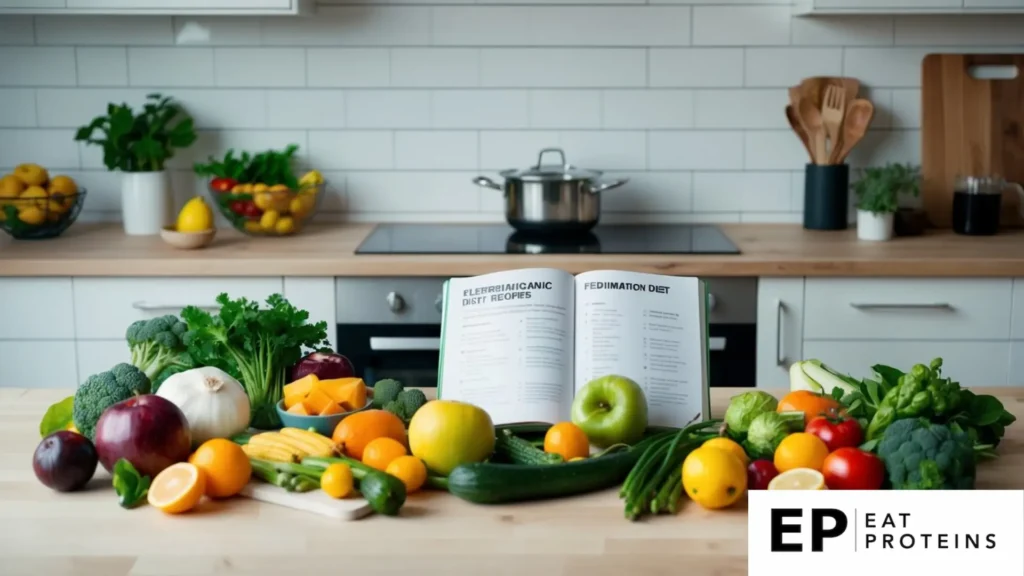
Starting an elimination diet requires careful planning and attention to detail. I find that two key steps help set the foundation for success: consulting with a healthcare professional and keeping a food journal.
Why Is Consulting with a Healthcare Professional Important for an Elimination Diet?
Before beginning any elimination diet, I recommend consulting with a healthcare professional. This ensures that the diet is appropriate for my specific health needs.
A doctor or a registered dietitian can provide insights into which foods to eliminate. They can also suggest how long to follow the diet and what to watch for when reintroducing foods.
During the consultation, I may discuss any existing health conditions or symptoms. This step is crucial for understanding which potential triggers to focus on in my elimination process.
How Does Keeping a Food Journal Help with an Elimination Diet?
Keeping a food journal is a helpful way to track what I eat and how I feel. I write down every food and drink I consume, along with the date and time.
This journal can also include any symptoms I experience after meals. By noting this information, I can identify patterns related to certain foods.
I find using a simple format makes it easy to maintain the journal. This could be a notebook or a digital app that allows tracking over time. Regular entries can help make connections between my diet and health, guiding the elimination process effectively.
